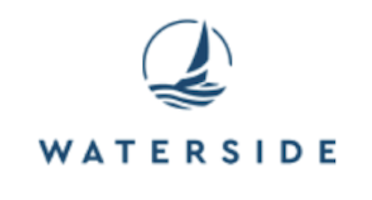When Two Become One
Waterside – A Case Study
Hi lee
Sometimes one of our clients faces a difficult decision or a problem which requires a significant overhaul of how they market their products or services.
The Problem / Challenge / Opportunity
Like many businesses, Waterside Holiday Group has several offerings to different audiences. This is coupled with systems and websites which they need in order to provide exceptional experiences to drive revenues and retention. Two core audiences are currently served with two very different web experiences, one for those that hire a caravan versus one for those that purchase. Our task was to identify what these two groups want and expect from a modern-day web experience with a view from the business to merge the two websites into one – a challenging undertaking in terms of plannng and design, which requires solid, insightful research.
Our Approach
For this type of research, we generally plan to utilise web user testing. It is a method that involves having real prospects/customers complete set tasks whilst a moderator probes and asks questions as to what aided or hindered them whilst trying to complete the tasks.
This form of testing is said to help identify up to 80% of core issues that may be causing confusion, frustration, and/or drop-off when testing a specific user journey or task. In this instance, we deployed this form of research with those interested in hiring a caravan and separately with those seeking to purchase one.
What was Observed and Experienced
We learned for both buyers and those intending to only holiday:
- The typical research and buying process and the role the website plays within that
- The types of content and information sought at different stages of the research and buying process
- The importance of location and specific location information
- Identification of three core user journeys (where previously it was assumed there was only one)
- The importance and consistency of information regardless of where a user started their website journey from one of these three user journeys
- Hierarchy of content on key pages
- How best to serve different types of content in terms of illustrations, graphics, images, video etc.
- Levels of information required to drive a sales enquiry
The Results
The insights gathered are now to be used to map out new information architecture for a combined website before also being used to develop wireframes. They are of key importance during two developmental stages, forming the foundation to building a website with a much more effective web experience for the group’s core audiences. We are expecting to hear in the future that this approach has led to increased holiday bookings, caravan sales, and additional revenue being generated from upsell and cross-sell activity.
Without using real prospect/customer insights within this process, the group ran the risk of dedicating budgets and resources to a new web build that may not have delivered on what their audiences really want or expect.
If you are interested in solving a particular problem and want to sound out your ideas as well as discuss some new ones, just get in touch at lee@runway.consulting.
Kind regards from Runway,
Lee



